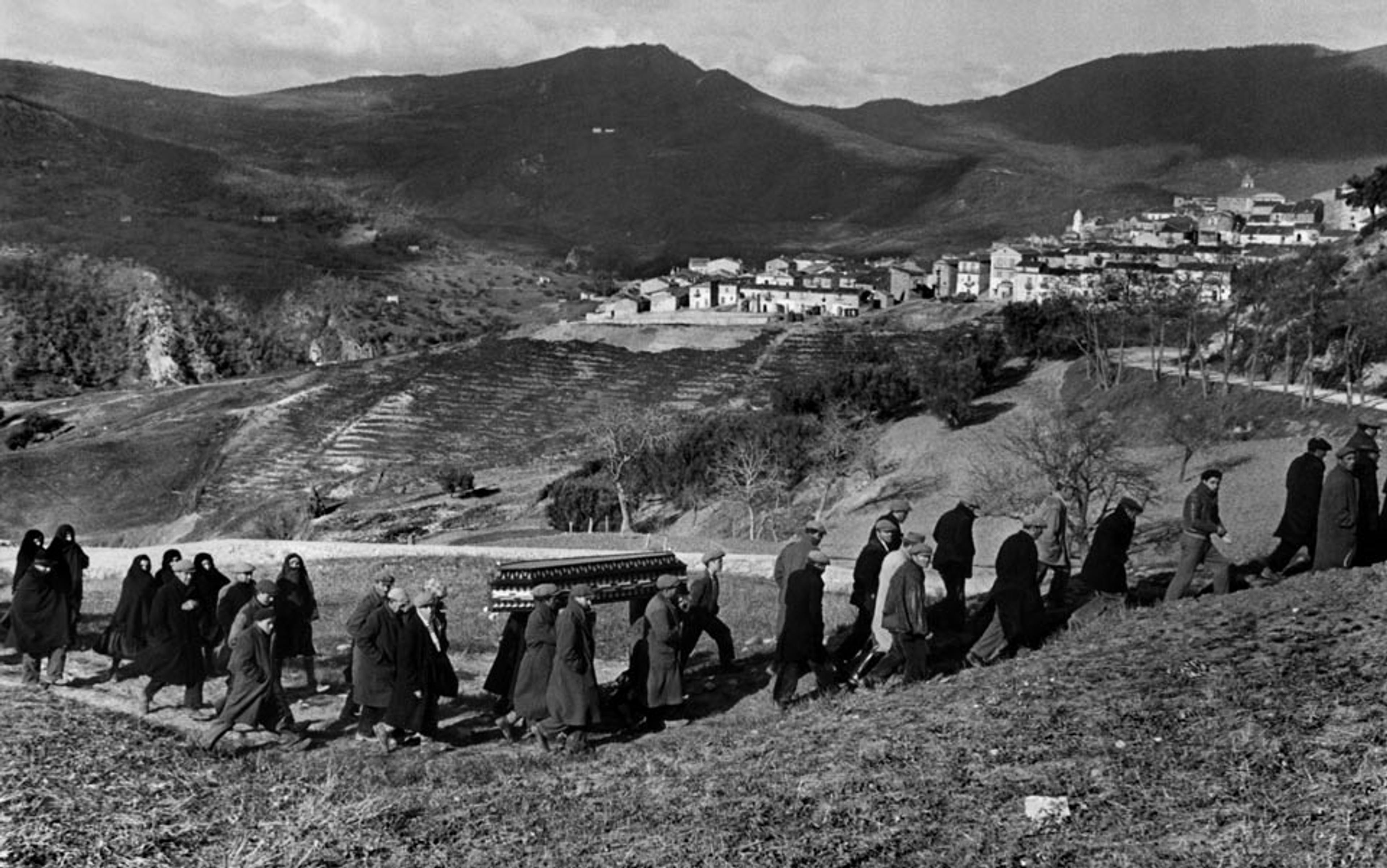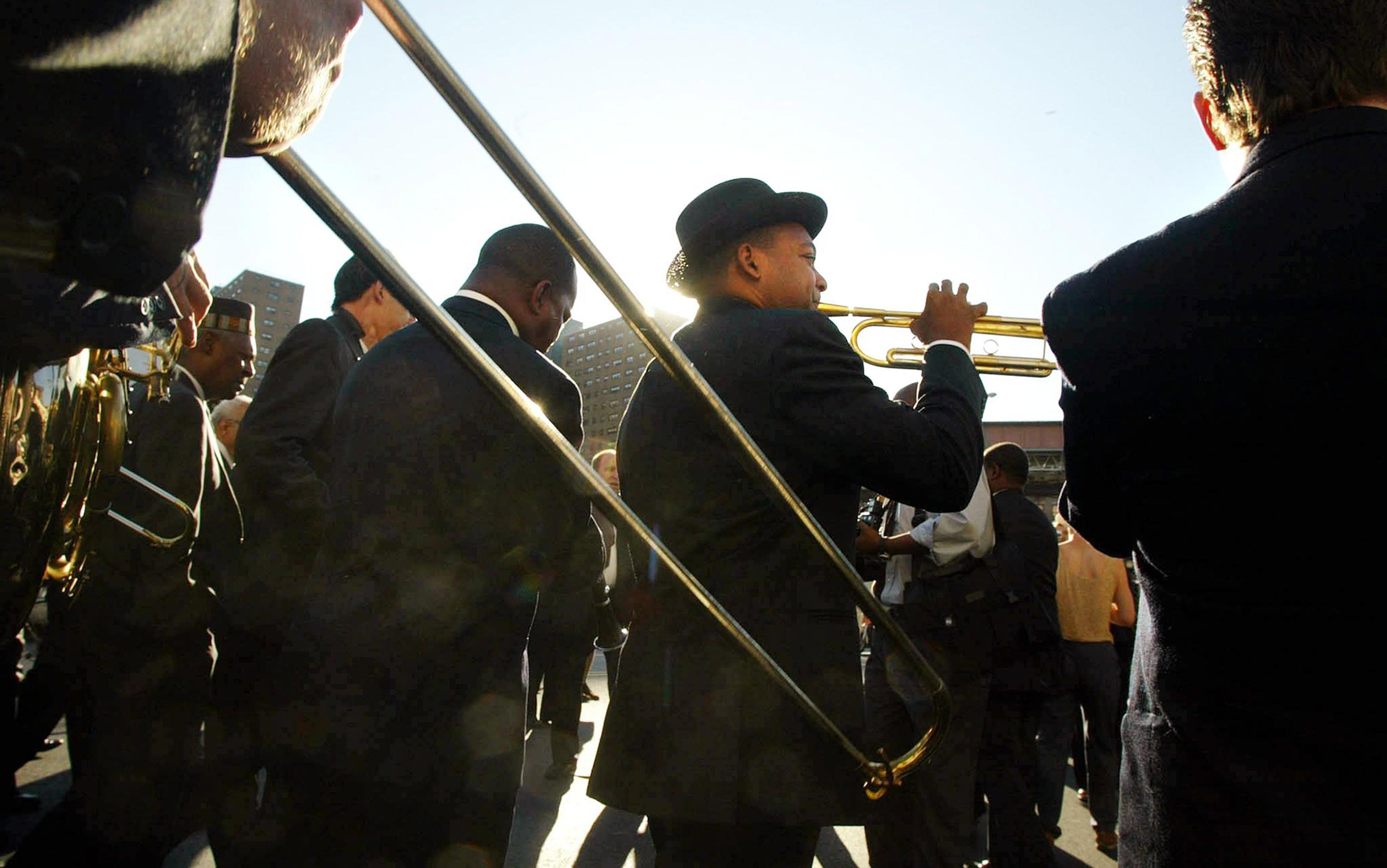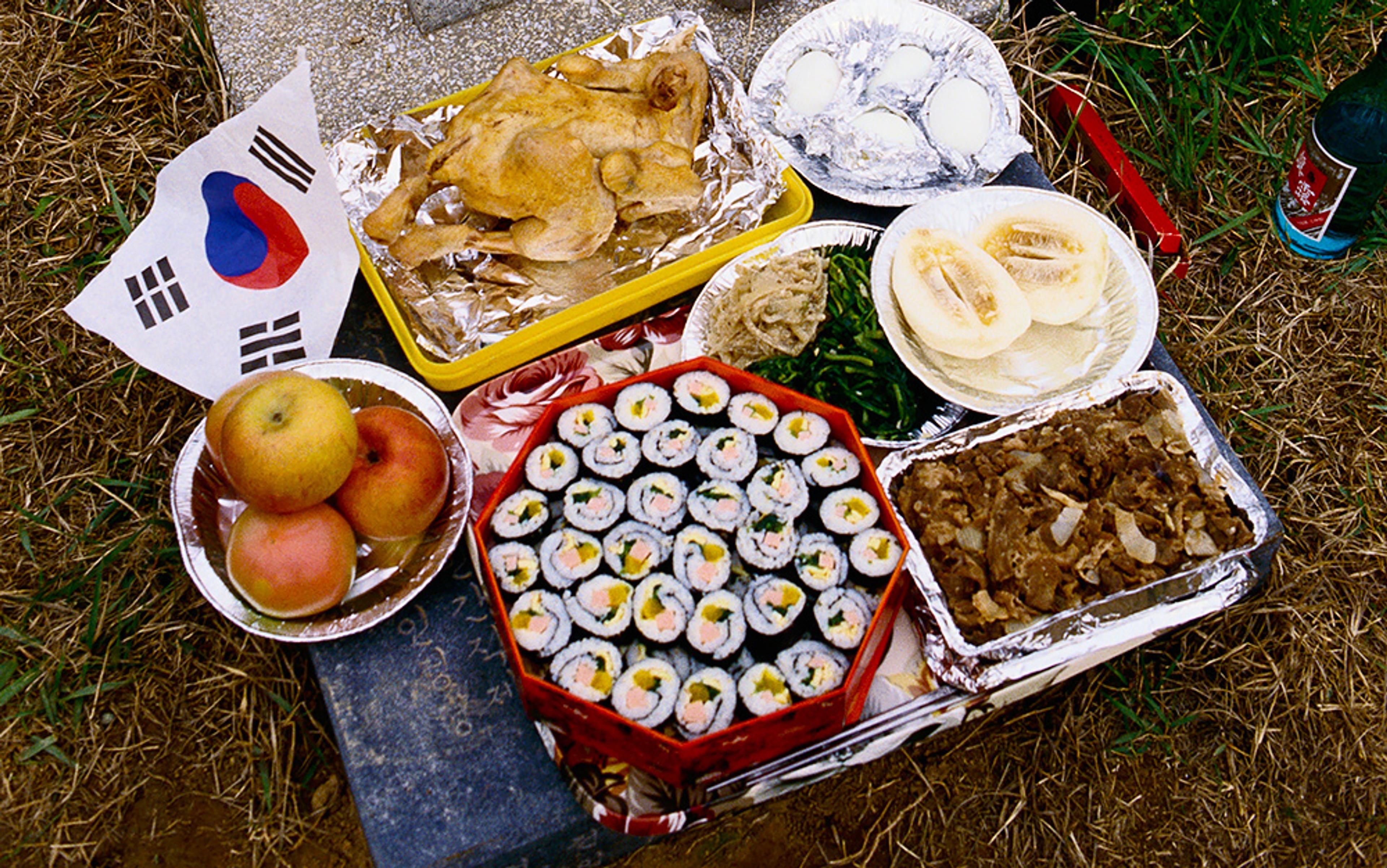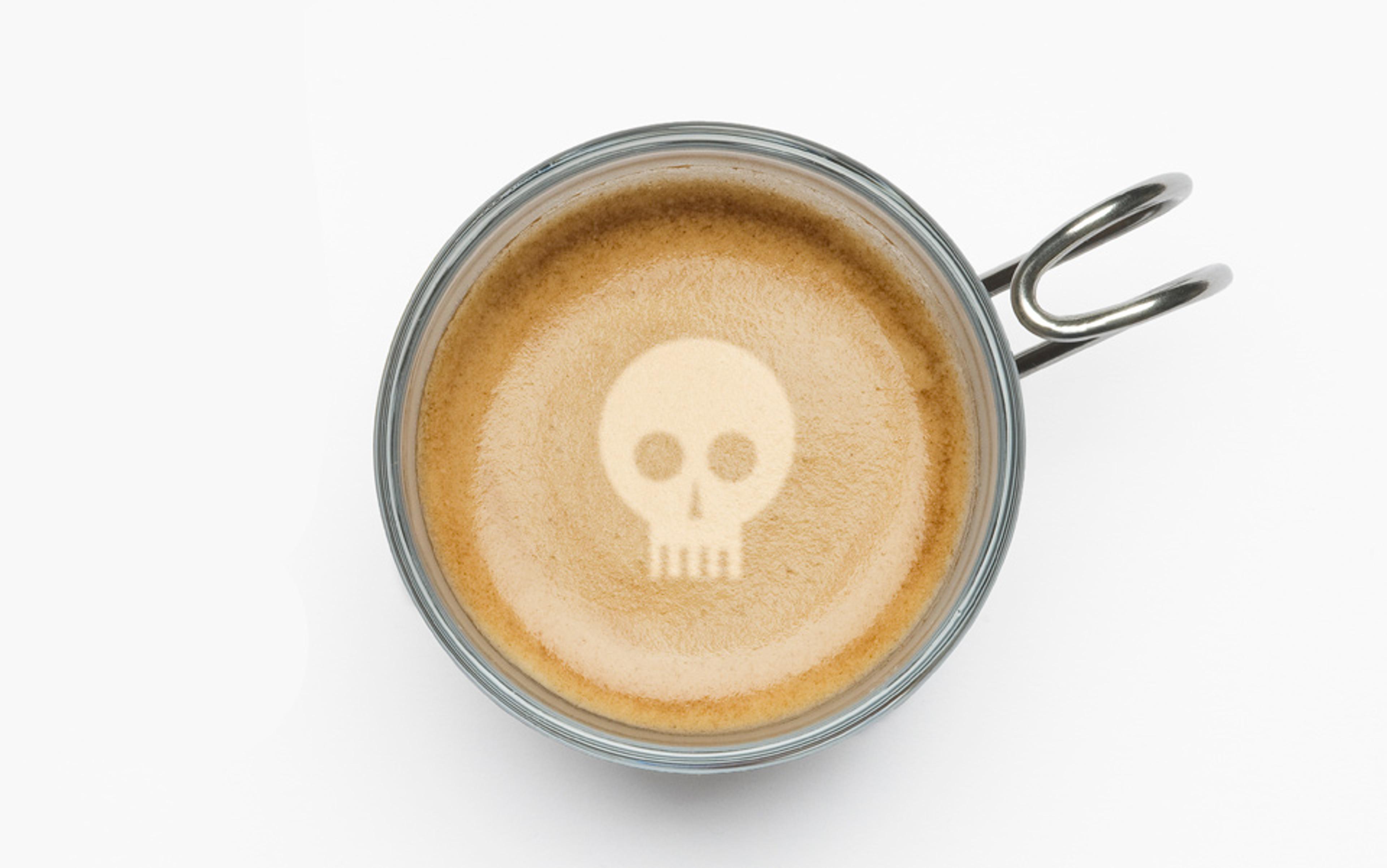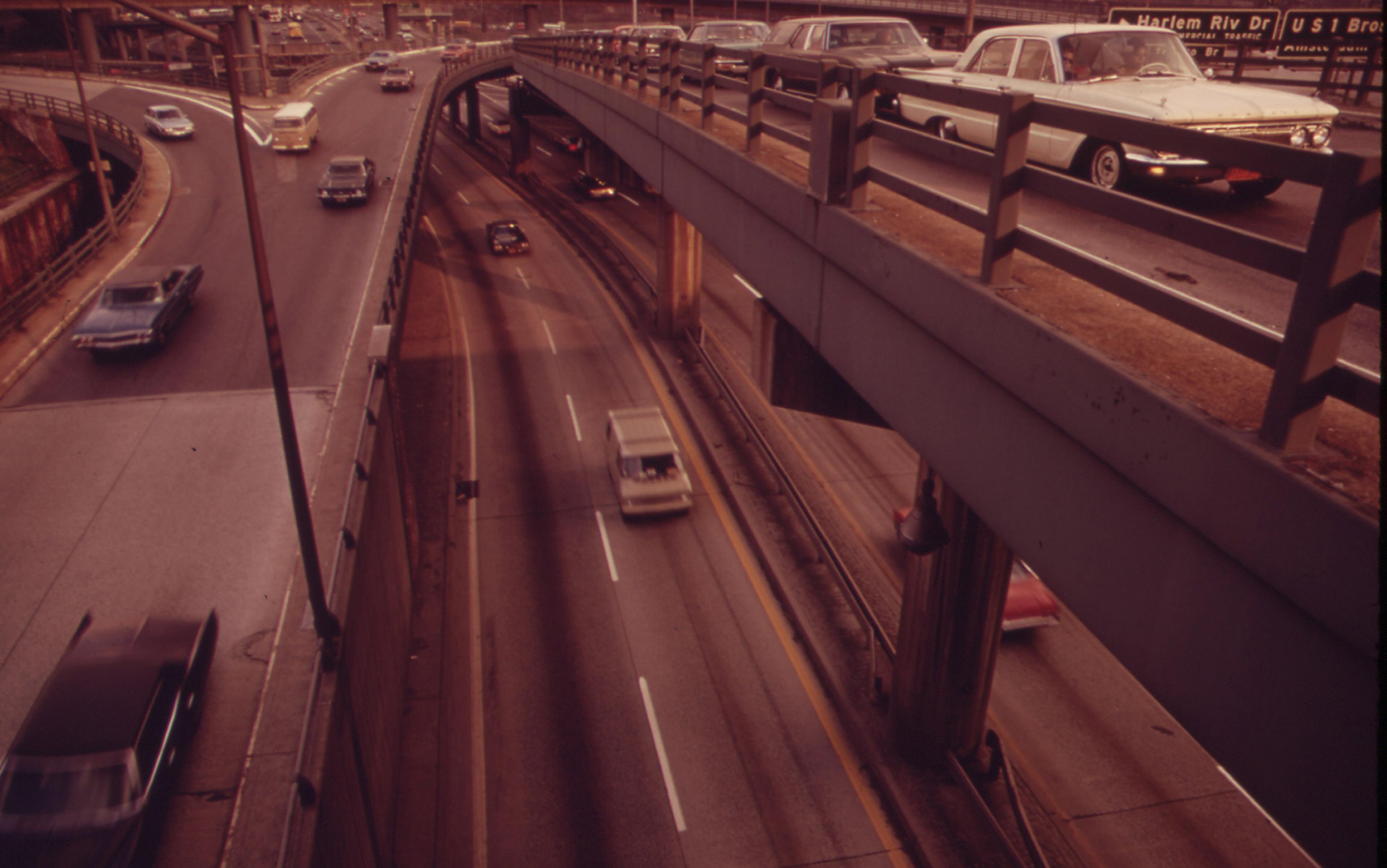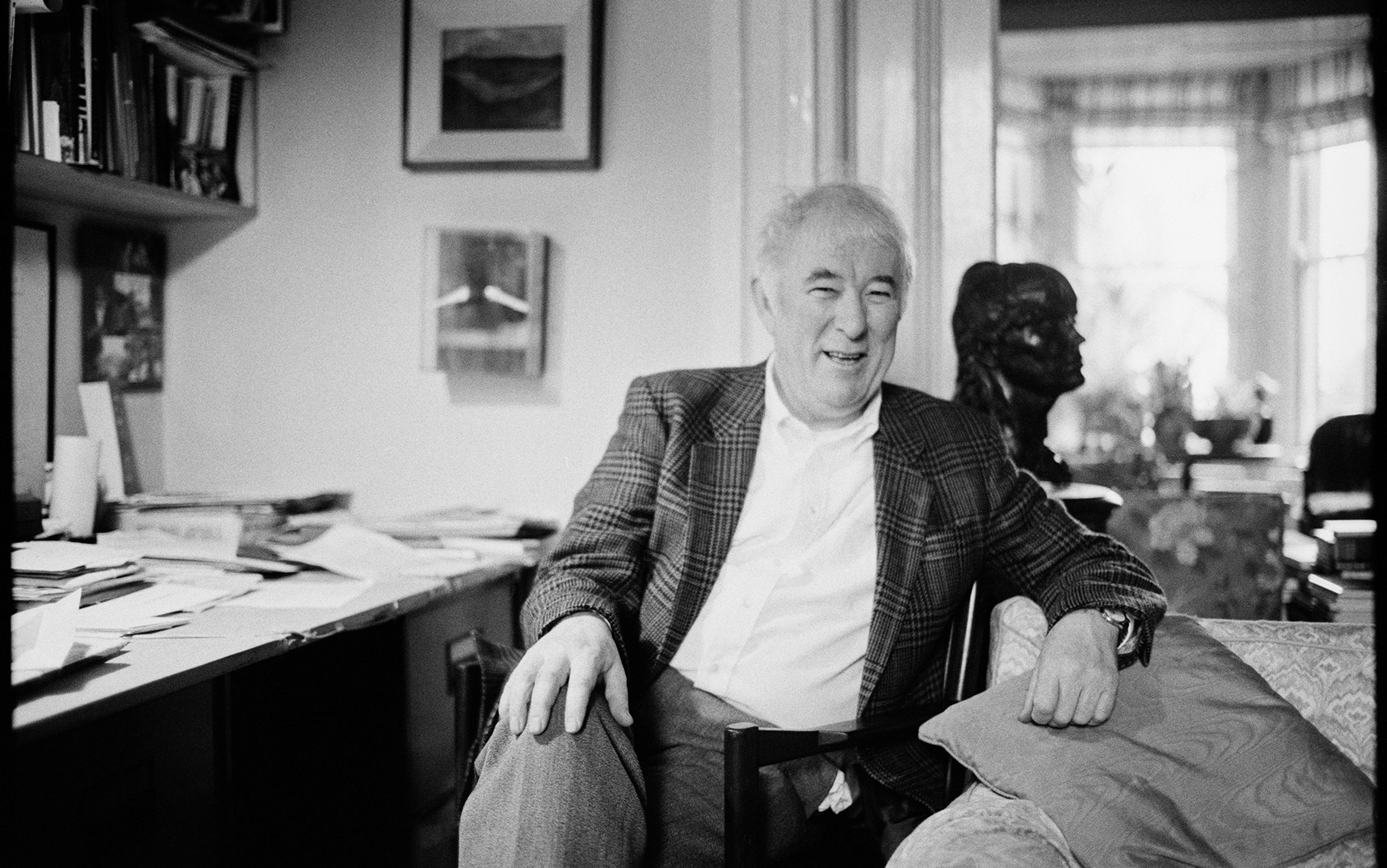When my father died last November, I was surprised to learn he’d asked to be cremated, and even more so that the plan was to bury his ashes under a tree. He had liked to talk about ‘leaving your mark’, and though he didn’t mean to leave it literally on a grave, for me it seemed necessary. Although neither burial nor stones are universal, still a marker says ‘I was here’ in a way that addresses a need, both for the one who is leaving and the ones left behind.
I asked my father’s wife, Anita, for some ashes, or what the funeral business calls cremains. I called the cemetery where his parents and older brother were buried. One option was to purchase a plot and headstone, but not having bought ‘pre-need’, it would be ludicrously expensive and seemed, pardon the expression, like overkill.
Bruce Jaffe, the cemetery salesman, suggested affixing a bronze plaque to my uncle’s headstone. I liked that idea. My father had admired his brother. Bruce asked what I wanted it to say. A plaque has space for four lines, about 25 characters per line, depending on the font. A full headstone typically has space for seven lines. It’s like a prehistoric form of Twitter, though I couldn’t use acronyms such as LOL or AWOL. Or emoticons for that matter.
‘Usually people put the person’s name, the years they lived, and their relationships,’ said Bruce.
My parents’ flip response to any complaints had always been: ‘Put it on my epitaph.’ But we had never seriously discussed what to put on it really, and I realised now that I hadn’t given it any thought. I was even a bit embarrassed, as if I’d shown up for an important test completely unprepared.
‘Okay,’ I said. ‘Let’s do that.’
I had barely approved the proofs (Jordon Pitock: beloved husband, father and grandfather April, 5, 1938 ✡ Nov, 18, 2014) before I had second thoughts over these final words. I’d wanted to rescue my father from anonymous oblivion, and fix a place in the world for him, but somehow I felt as if I still hadn’t quite hit the mark.
Epitaphs, even spare ones, can tell us a lot, and elicit all kinds of responses. In the minimalist version, the cemetery becomes a kind of directory.
I tend to match a person’s years to events in the world, a man of 20, say, who died in the years of war, or a person who lived a long life, or a short one. ‘Grandfather’ elicits no feeling in me, but ‘grandchild’ intimates great sadness, and I wonder what someone might have died from and if their premature death really was the only legacy they left behind. My rabbi, Jacob Rosner, once observed that the real meaning in an epitaph is not the years of birth and death at all, but the space in between them, sometimes noted in a hyphen, sometimes just blank. Those are the years in which a person made choices that shaped their life. A person comes into the world involuntarily, after all, and in most cases leaves that way, too.
A few months earlier, I had been in southern Myanmar, what used to be called Lower Burma, and visited the War Cemetery in Thanbyuzayat. Between 1942 and 1945, 13,000 Allied soldiers died here, prisoners of war whom the Japanese enslaved to build the 258‑mile Burma-Siam Railway line. They died of starvation, cholera, dengue fever and malaria. They died of exposure to extreme heat. Some were killed when Allied forces bombed the railway line.
Here, the epitaphs of more than 3,000 of them, set in lozenges in the ground, were more than markers. They were messages from parents, siblings and wives, terrible cries from broken hearts. To an H H Shand: Always in my thoughts and for ever in my heart Your loving wife Pat. T Nolan died on 29 September 1943: Sadly missed by Dad and Mam, Brothers and Sisters, RIP. And J R Wootton, age 24, August 1942: In precious memory of my beloved only child, a dear son and a brave lad, Mother.
‘We do not visit graves. Once a person is gone, we go on to the future’
The messages were from the living to their dead, but now all the survivors were surely gone, too, and the epitaphs preserved their terrible losses and gave them all a voice, almost in a ghostly way in this most concise literary form, from the grave.
Not every culture has epitaphs.
It took real effort to find the cemetery in Lower Burma, but in Greenland, the world’s largest island, it was impossible to miss it. The capital city, Nuuk, has just 17,000 people, with a mere 39,000 more concentrated in settlements across the rest of the of the country. New graves are decorated with ebullient arrangements of artificial flowers, which, when they wither, are not replaced. ‘We do not visit graves,’ said Salik Hard, whom I met while travelling there. ‘Once a person is gone, we go on to the future.’
And because of that, Greenlanders don’t use epitaphs, not even names.
They are officially Evangelical Lutherans but retain many of the beliefs of their Inuit heritage, including that every person consists of a body, a spirit, and a name. When the body perishes, the spirit and the name travel together in search of a new body.
‘If you put a name on the stone,’ Salik explained, ‘it will never leave the grave. It will be trapped. Obviously.’
In the course of pondering my father’s epitaph, I sent an email to my friend Milos Curik, from Prague, who specialises in funeral arts.
‘I’m afraid there is no “proper way”,’ he wrote back. ‘A person may prepare his own but it’s quite rare (usually celebrities, exhibitionists, people with a special sense of humour). I myself created an epitaph for my old friend who was 95 when he “joined the majority”. He was my professional colleague, photo‑documenting and studying cemeteries a long time before me. On his tombstone it says: Expert on Funeral Art. My intuition told me such an inscription would be fully justified, funny, and that he would appreciate it.’
The epitaph is the marker of the dead, but it is of course for the living. Yet, we tend to ask ourselves, what would the dead want? What mattered to them that they would want to be remembered for, and how much does it depend on where they are at a particular moment in their lives when you ask? My father had been sick for a long time, and at the time he died he was completely defeated. All he wanted, he said, was peace and quiet. Oblivion in all forms appeared to him as a state of complete repose. But the conclusion of his life was not the sum of it.
My father was a husband twice, a father three times, plus two stepchildren he was close to, and a grandfather 10 times. He relished being called Pop Pop. But the truth is, he was also aloof and uninvolved, at least toward my children. He loved them as an idea, but he had almost nothing to say to them, even when they were older and amply equipped for conversation. He went to his wife’s grandchildren’s little league games and dance recitals, but he was by then infirm and no longer able to do what he would have preferred, which would have been teeing off under blue skies. Or even rainy ones for that matter.
What my father loved was being a street fighter of a lawyer, eating food, watching television, playing golf, and enjoying long afternoons of cards with his friends. And food. Grandparenthood was his period of superannuation, and he fell into deep holes of depression mourning his health and vitality. So why write that he was a grandfather when what mattered was being a lawyer? But honestly: ‘Jordon Pitock, Attorney-At-Law, Club champion’? ‘Jordon Pitock, A Good Eater’?
It brings to mind the Greenlanders’ view of it, not so much that a piece of him would be literally trapped and bound to the earth, but that anything that’s said is too narrow, and traps his identity. To other people, we are one thing, but to ourselves we contain multitudes.
Perhaps the Greenlanders are right, and death, including what we fix in plaques and stones, really should just be the great and final liberation, and that when we cross the frontier beyond words, we should get to take them all with us and leave none behind at all.
had he seen their headstone, my father would have thought it was utterly hilarious
Just as some people have become active participants in planning other end‑of‑life matters, so too are they crafting their final words. A few months later, we held an unveiling at the Jewish ceremony to acknowledge the marker, and I noticed epitaphs that seemed more, let’s say, crafted. A headstone shared by Bess and Marty Katz noted their attributes. Bess: feminist, listener, mentor, organiser. Marty: generous, artistic, calm, cultured.
This was tender and touching. Marty, who lived to be 95, outlived Bess by 11 months, and I can easily imagine her loss was what finally did him in. I also have no doubt that, had he seen their headstone, my father would have thought it was utterly hilarious.
My father didn’t like to be bothered over details most of the time. He’d say: ‘Do whatever makes you happy’, which was simultaneously sincere and indifferent, and was generally the source of his own pleasures and problems.
If he was around and clear enough, I know what he would have advised me.
‘What are you making a federal case out of it for?’ he’d say. ‘What difference? What do I care? I’m dead.’

